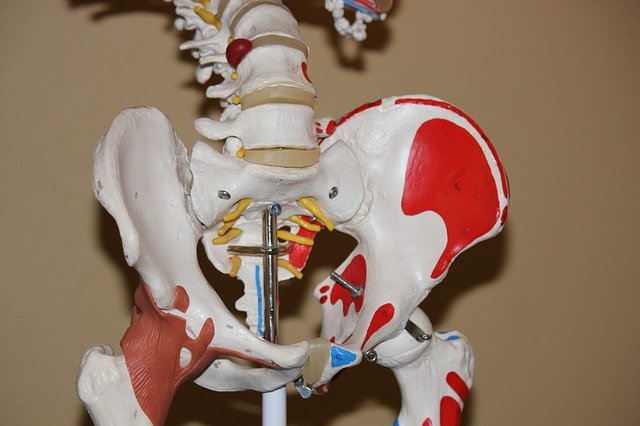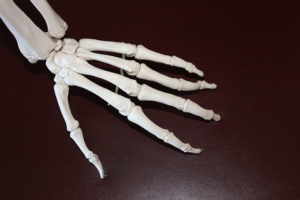What Causes Thumb Arthritis? The Impact of Osteoarthritis – WebMD
The type of joint in your thumb is called a saddle joint. This can make your thumb more likely to develop arthritis as you age. It’s common to develop thumb arthritis over time because as your cartilage wears away, it stops protecting your bones from rubbing against each other. This can be pain…….

The type of joint in your thumb is called a saddle joint. This can make your thumb more likely to develop arthritis as you age. It’s common to develop thumb arthritis over time because as your cartilage wears away, it stops protecting your bones from rubbing against each other. This can be painful to live with.
What Is a Saddle Joint?
Your thumb is a saddle joint, which means one bone sits in the other bone like a saddle. This is different from the ball and socket joint you have in your knee or elbow. This saddle joint is what gives you opposable thumbs. It also affects the way that your thumbs move, which is different from your ball and socket joints.
This type of joint can wear down faster, which makes your thumbs more likely to develop osteoarthritis.
What Is Thumb Arthritis?
Thumb arthritis is the breakdown of cartilage in the saddle joint of your thumb. Arthritis irritates your joints.
Osteoarthritis, also known as “wear-and-tear” arthritis, is degenerative arthritis.
Degenerative arthritis means that your cartilage wears down as you age. This type of arthritis in your thumb is the second most common type of arthritis in your hand and the most common kind of thumb arthritis. Other conditions like Lupus or Rheumatoid arthritis can also cause your joints to break down.
If your saddle joint doesn’t let your thumb pivot, swivel, or grip things anymore, you might be developing arthritis. Previous injuries or fractures to your thumb can also cause arthritis to develop.
How to Know if You Have Thumb Arthritis
You may begin to notice that your thumb doesn’t have the same range of motion it used to. As your ligaments start to wear down, the saddle joint loosens. This can cause it to fall out of place. As your cartilage wears away, you lose the cushion for your bones. This can cause a lot of pain and damage to your thumb joint. You may stop using your thumb the same way you used to without realizing it. This could be an effort to help relieve some of the pain.
As thumb arthritis progresses, you may have trouble with tasks like opening doors or jars.
Other symptoms include:
- Swelling, stiffness, and tenderness at the base of your thumb
- Decreased strength when pinching or gripping objects
- An enlarged or bony appearance of the joint at your thumb base
Women over 50 years old are 10 to 20 times more likely to have …….
Source: https://www.webmd.com/arthritis/what-to-know-thumb-arthritis







